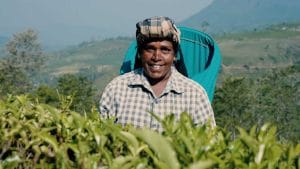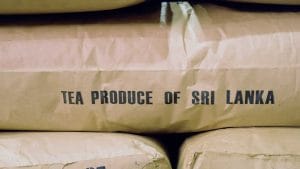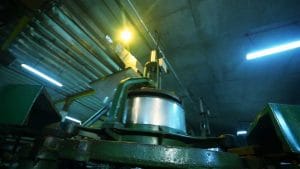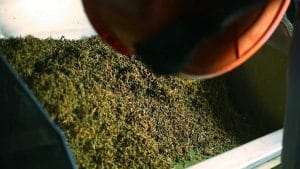The island nation of Sri Lanka is home to the most traditional cultivation methods and black tea production practices. These manufacturing processes enable Sri Lanka to produce the best black quality tea in the world. A slow and stretched out process, carefully converts a simple leaf into the cup of tea in your hand. Every step of the process is designed to bring out the finest qualities and characteristics of black tea.
Each sip of tea comes from the young leaves of the Camilla Sinensis’ tree. This plant species is so environmentally sensitive that each tea producing location has a unique and specific combination. Ceylon tea is recognized not only because of its geographical fluctuations in tea countries, but also because of the very sophisticated technique of producing traditional and orthodox black tea. Cultivating tea is not a complicated procedure because of the geography of Ceylon. The tea bush naturally grows in the tea field. However frequent weeding, fertilization, pruning and replanting of trees has to be carried out by the tea estates as a part of the maintenance and sustainability process of cultivating tea. On the hillside, bushes grow. Soil quality, altitude, temperature, rainfall, precipitation, intensity of sunshine, and water quality (all of which are abundant) all work in tandem to nurture this plant. The tea production process, like anything else that is organically cultivated, begins in the fields and finishes in a beverage. The leaves are dried using time-honored methods, allowing the chemical makeup of the leaf to generate a beverage with distinct characteristics indigenous to a certain area. And this is where the story begins.
Every day, tea estate employees hand pluck the fragile young shoots and buds and send them to the nearest factories in the early morning hours or towards early evening. Due to the delicate nature of the leaves and to maintain the freshness of the plucked leaves, they are sent from the fields at least three to four times each day. Because new leaves do not hold up well to pressure levels of any type. Each plantation typically has its own factory or two depending on the size of the estate. To keep the production process fresh, the manufacturing process begins as soon as the leaves arrive at the factory.


Tea sacks are weighed and then sent into a section where the tea is aerated and laid out to be prepared for the factory floor. This is when air is pumped among the leaves to eliminate excess surface moisture, after which the tea fluids are chemically broken down. The persistence of continuous air circulation for 10 – 14 hours transforms the tea leaf chemically and physically into a softer rubbery feel.

